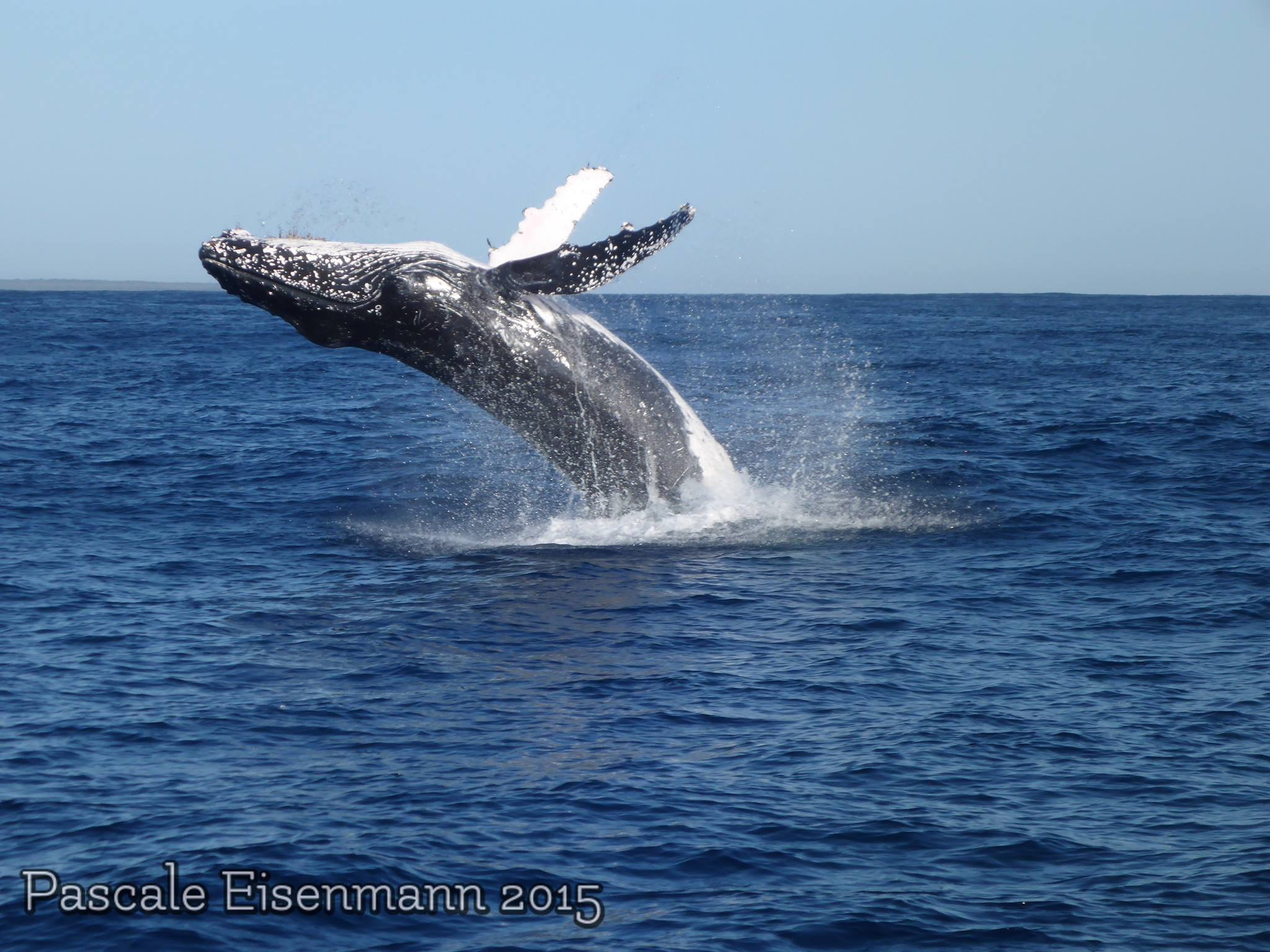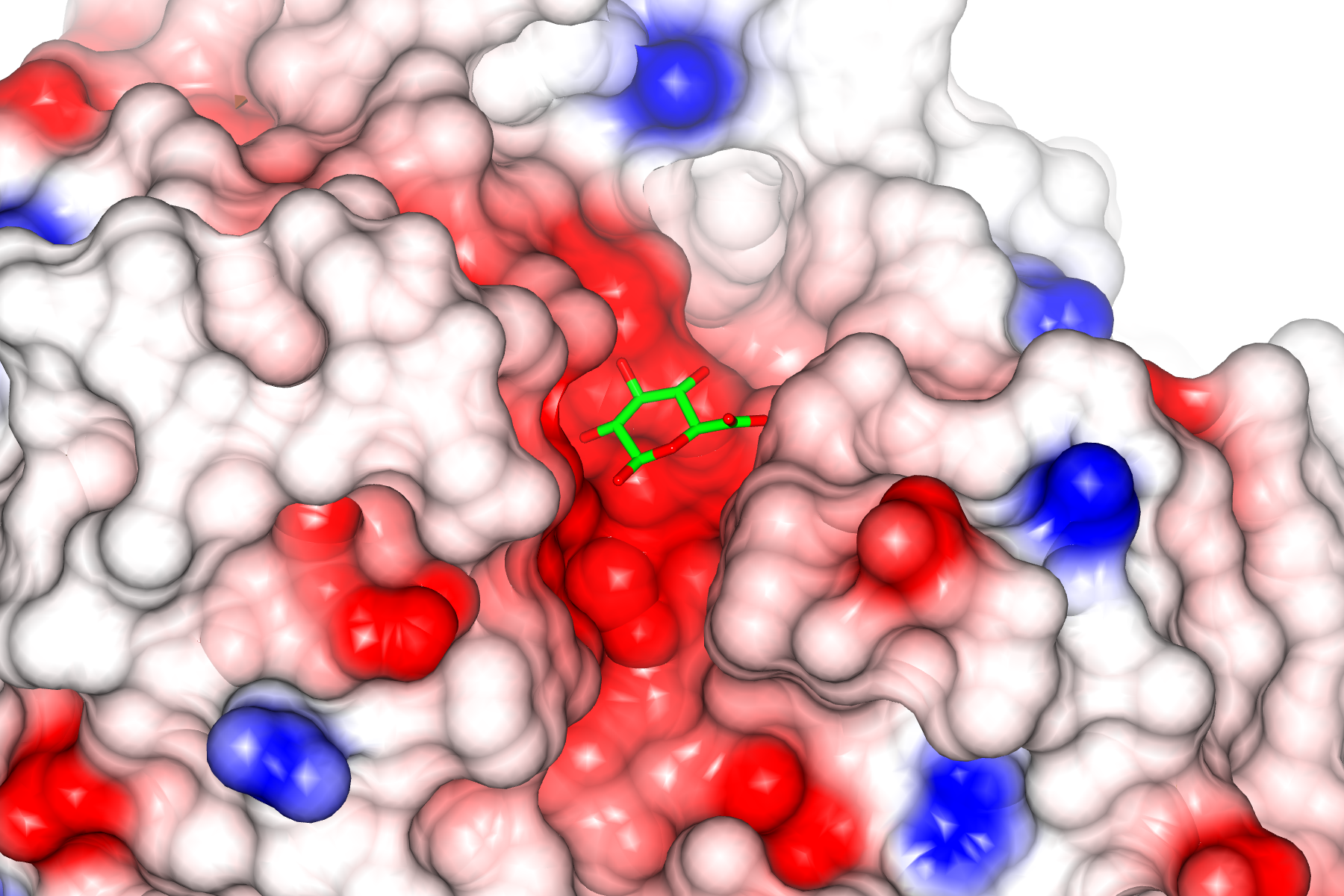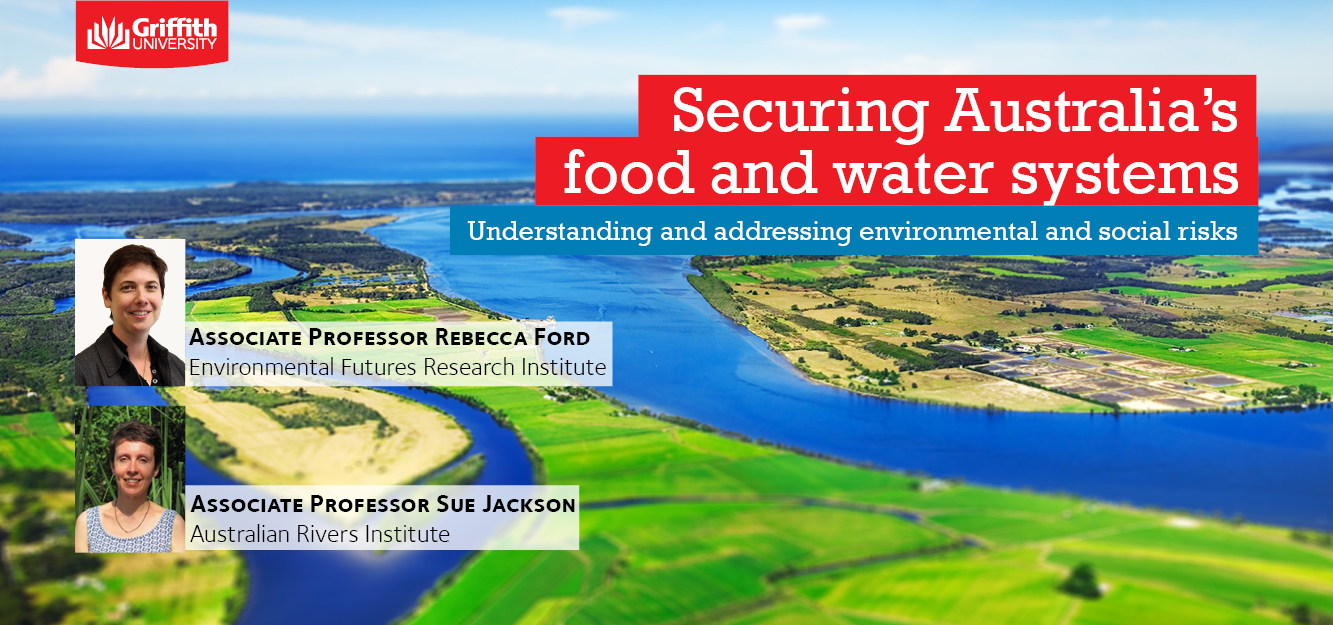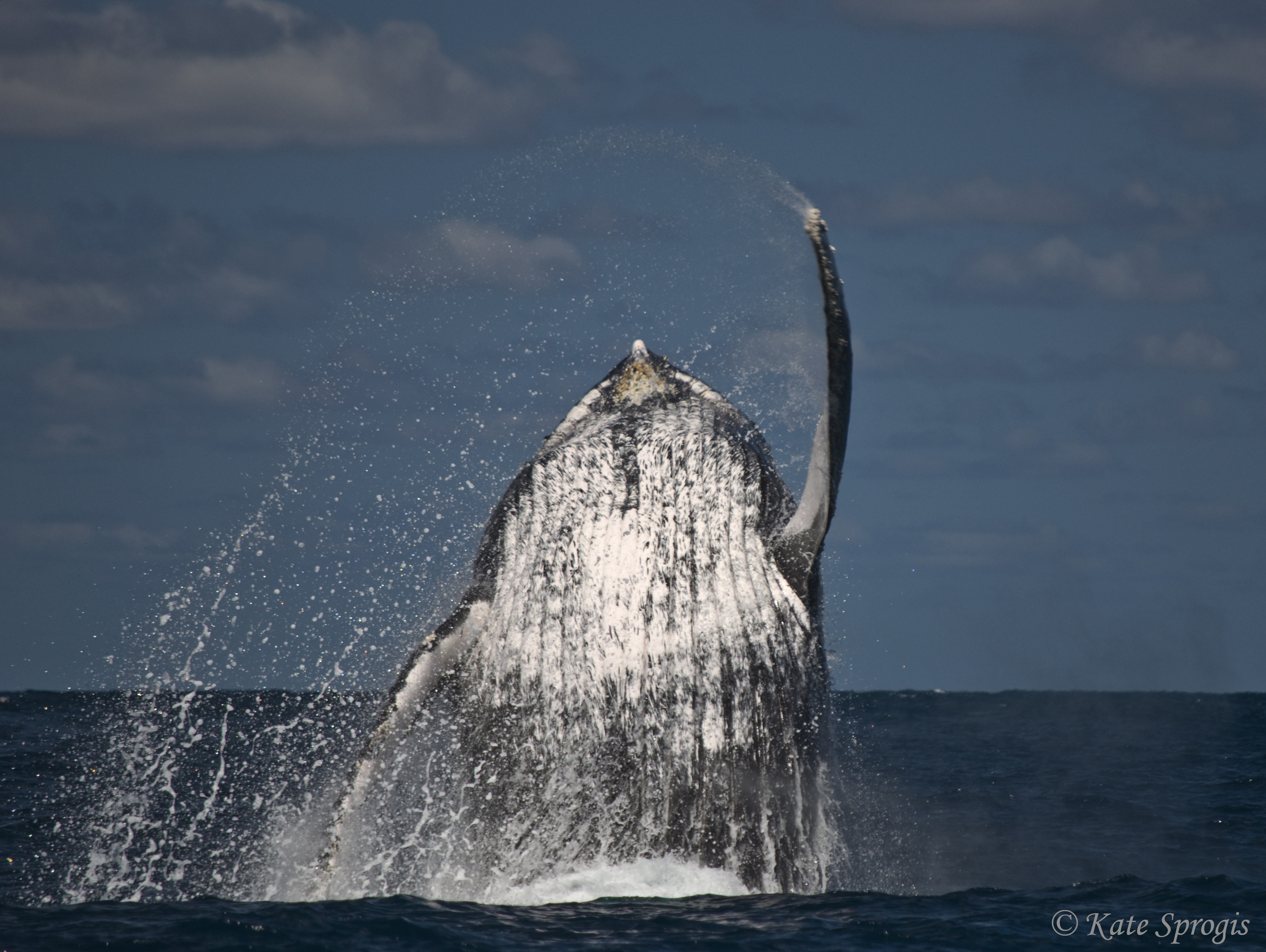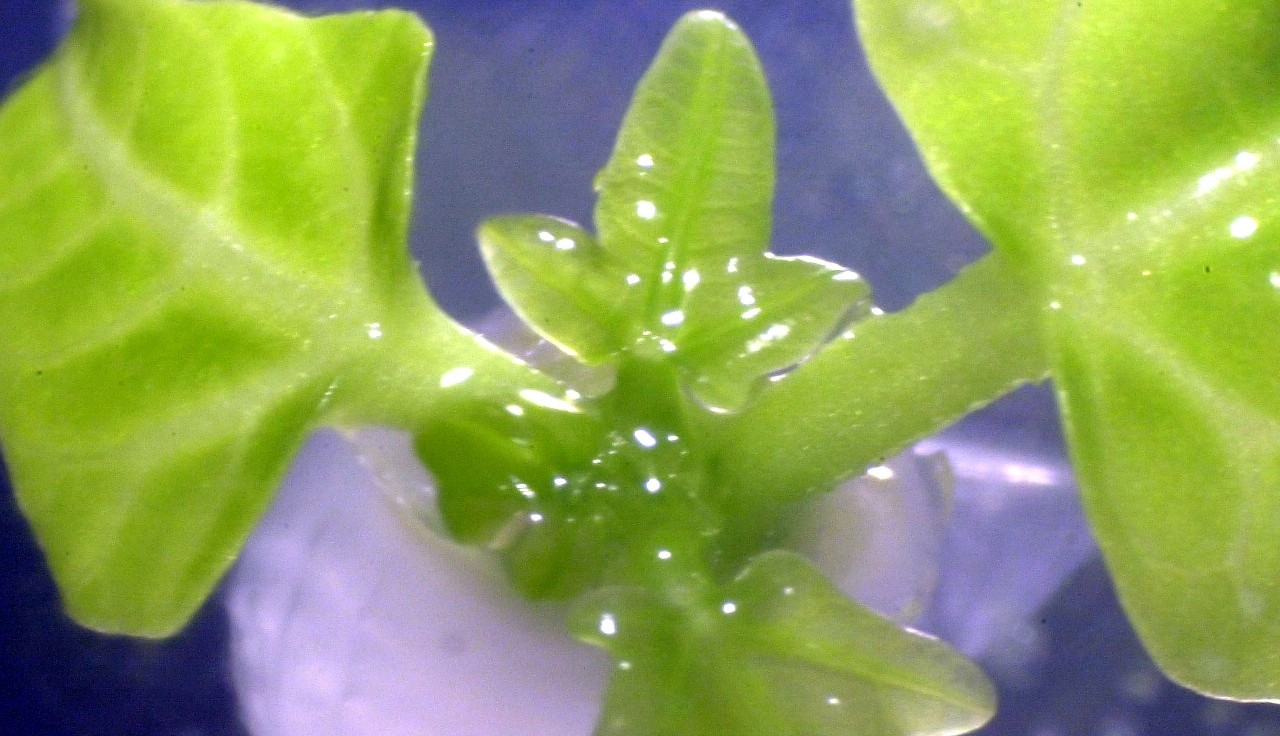How does Antarctica, the coldest driest and most remote continent on earth come to be polluted industrial chemicals and pesticides likes DDT, PCBs or dioxins, some of which were already banned decades ago? And how do we study the effects of these compounds in the world’s most pristine environment?
To help answer these questions Michael Burkard, a PhD candidate with Griffith’s Southern Ocean Persistent Organic Pollutants Program in a larger collaboration with Swiss Federal Institute of Aquatic Science and Technology have developed a way to grow whale cells in a lab to test them against these harmful chemical.

But firstly, how do these chemicals, referred to as POPs Persistent Organic Pollutants, end up in Antarctica and consequently in whales and other large mammals? POPS are long-lived and semi-volatile, over decades they evaporate out in the atmosphere and condensate at colder temperatures. That’s how they are transported from warm, and populated areas, to colder climate. Once deposited at the poles the POPs end up concentrating and accumulate in the body fat of animals and magnify in the food web.
Marine mammals accumulate the greatest levels of POPs due to their long life, high proportion of body fat, and top position of the marine food chain. Small of amounts of POPs are absorbed by highly lipophilic krill, the primary food for southern hemisphere humpback whales. Further, the humpbacks undertake the longest migration known in any mammal and this time period is also associated with voluntary fasting. During their migration they only live of accumulated fat reserves. This adipose tissue acts as temporary buffer for POPs. However, long-term fasting periods lead to rapid weight loss, reactivation and redistribution of POPs. Previous research has found that single POP concentrations in the blubber of humpback whales increased by up to 50 times between early and late migration.
Now how do we study the effect?
As an aquatic species with an average length of 17 metres, humpback whales are understandably not the ideal candidates for laboratory research. To solve this problem a collaboration with Griffith University and a research group at Swiss Federal Institute of Aquatic Science and Technology has now succeeded in developing humpback whale cell cultures in the laboratory.
Michael explains more, “The cells originated from two wild males by skin samples were taken during their annual migration from Northern Australia towards the Antarctic.”

“Measuring the toxicological impact of POPs on wild populations of humpbacks is difficult. Non-lethal approaches are logistically challenging and expensive.”
To date, there are no suitable methods established to study toxicological sensitivity. In order to bridge this information gap, better tools for deriving species-specific data are required.
Cell lines are well applied in ecotoxicology and enable rapid and cost- effective assessment of meaningful toxicological data. This study aimed to develop and assess an in vitro toxicity approach for humpback whales using newly established fibroblast cell lines.
Initial tests on the newly-developed humpback whale cells have indicated that they have a lower sensitivity to the substance DDE than human cell cultures. DDE is a metabolite of the well-known insecticide DDT, and builds up in the blubber of whales. These findings clearly indicate that DDE can have a differing effect on different species.
When the whale cells were exposed to a combination of chemicals taken from whale blubber, the cells reacted much more strongly than they did to DDE alone. The conclusion which may be drawn from this is that a mixture of chemicals has a greater toxicological effect than individual substances on their own. Ongoing research focus on several aspects such as immunotoxicity or the development of immortalised HuWa cell lines to enable long-term maintenance and application.
Ongoing research focus on several aspects such as immunotoxicity or the development of immortalised HuWa cell lines to enable long-term maintenance and application.

